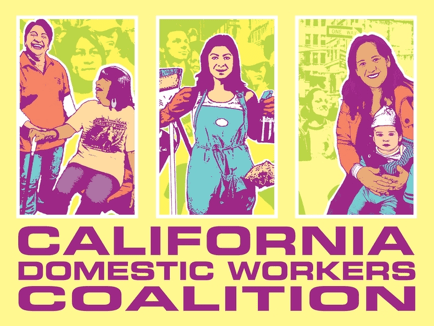Josie Huang
In California, millions of older adults and people with disabilities get help at home with bathing, eating and cleaning, allowing them to stay in a familiar setting. Demand for these services is expected to only surge over the next decade, as the youngest of the baby boomers enter their 60s and 70s. But the home care industry’s status quo is untenable, according to a new report by the UCLA Labor Center. Home care is prohibitively costly for many families who need the services. At the same time, the industry, which employs an estimated 700,000-plus workers, is underpaying many of them — leading to high rates of turnover and labor shortages.
Many caregivers — predominantly women of color — are not earning a living wage or receiving medical benefits, let alone able to accrue any savings.UCLA’s survey of 500 caregivers found the median hourly rate was $14.50, while those paid a flat rate earned a median of $9.17 an hour. In one of the state’s worst-ever wage theft cases, many members of a mostly Filipino work force at a “board and care” chain were making as little as $2.40 an hour.
Tess Sattar, who organizes with the Pilipino Workers Center, said home care workers such as herself are used to being “discriminated against, violated and exploited because of being immigrants and women of color.” “When we get sick, we have to stay home,” Sattar said. “No work, no pay — but we have no choice. In my case, I need a job to support myself and my family.”
